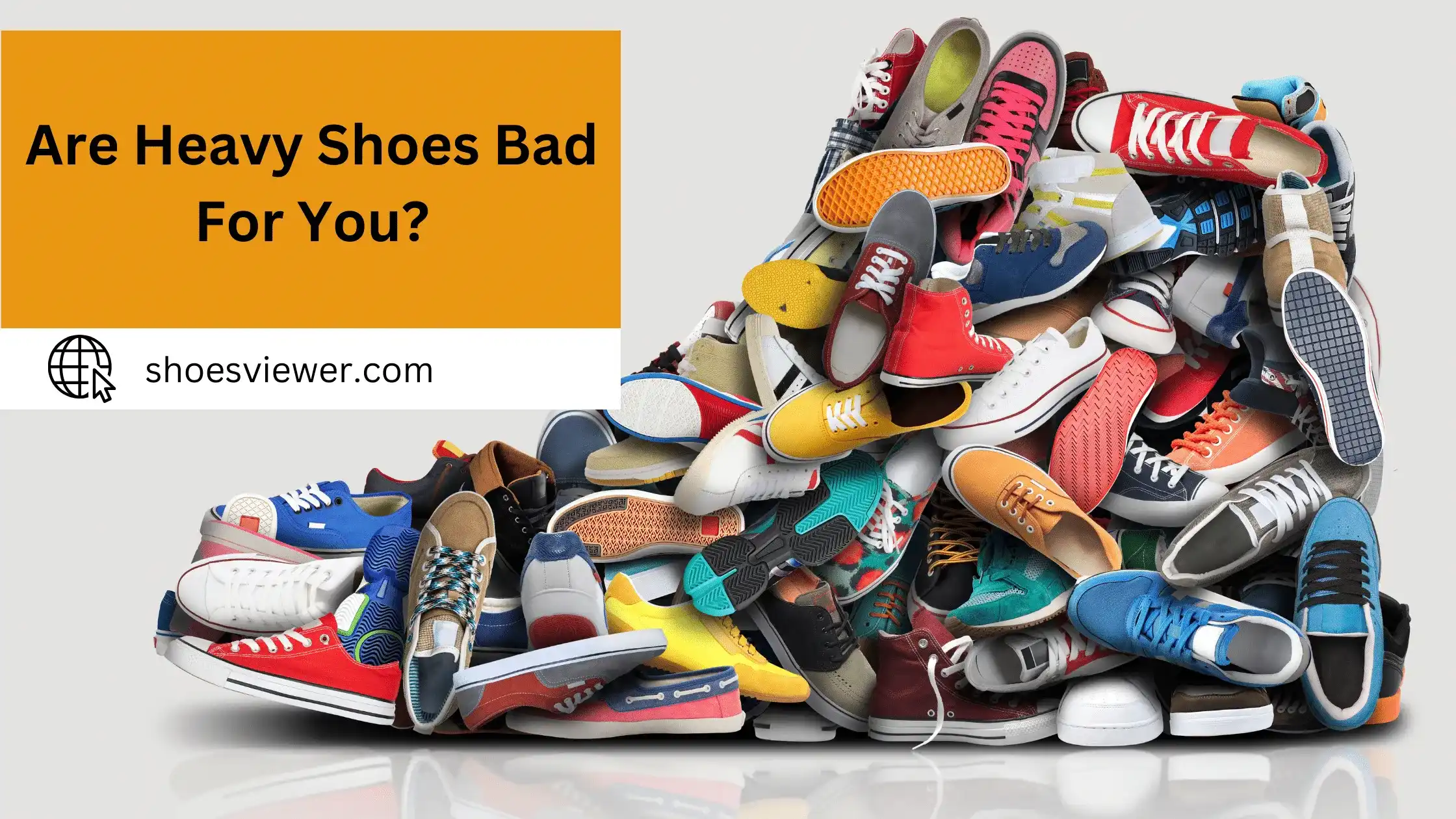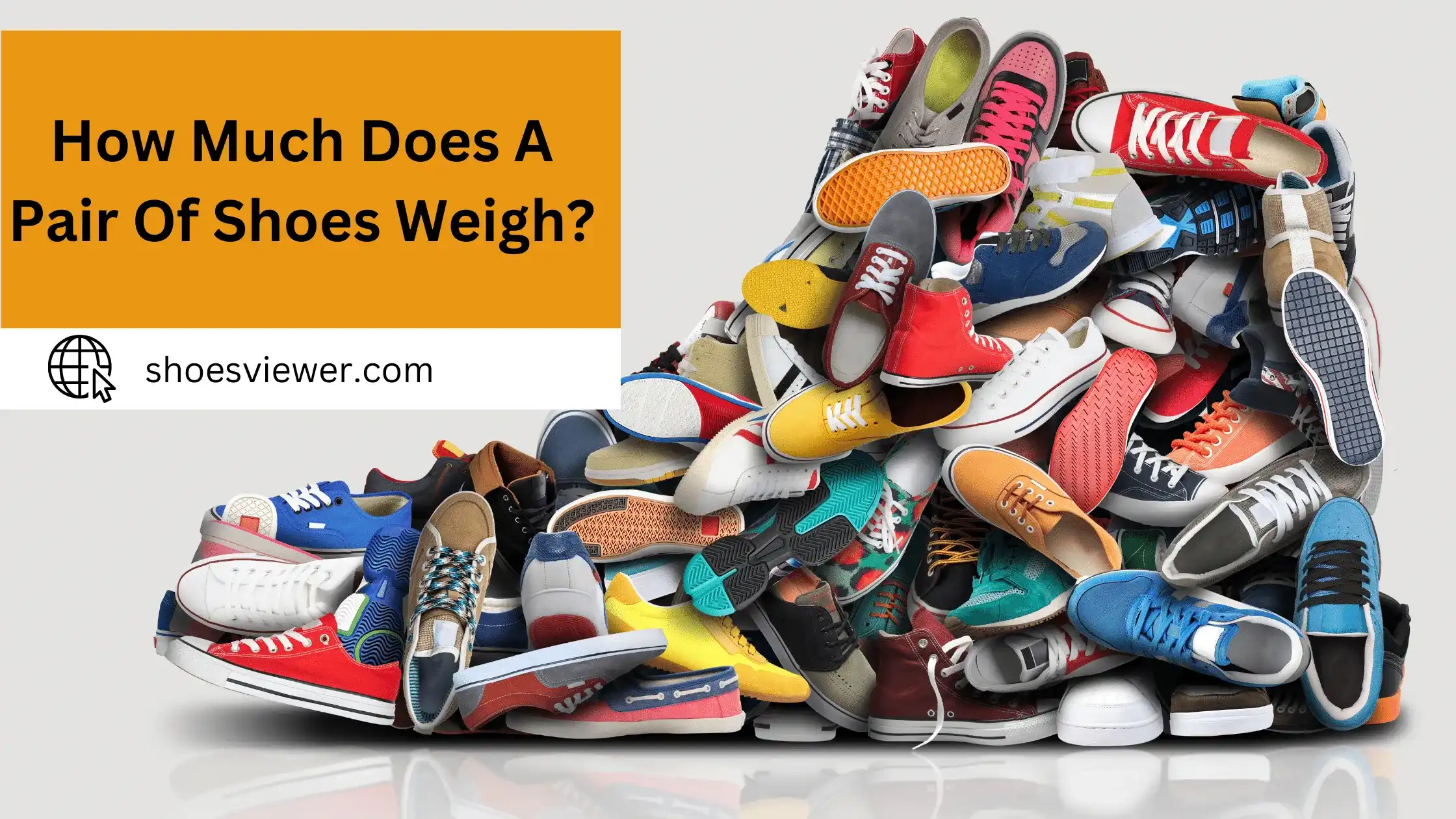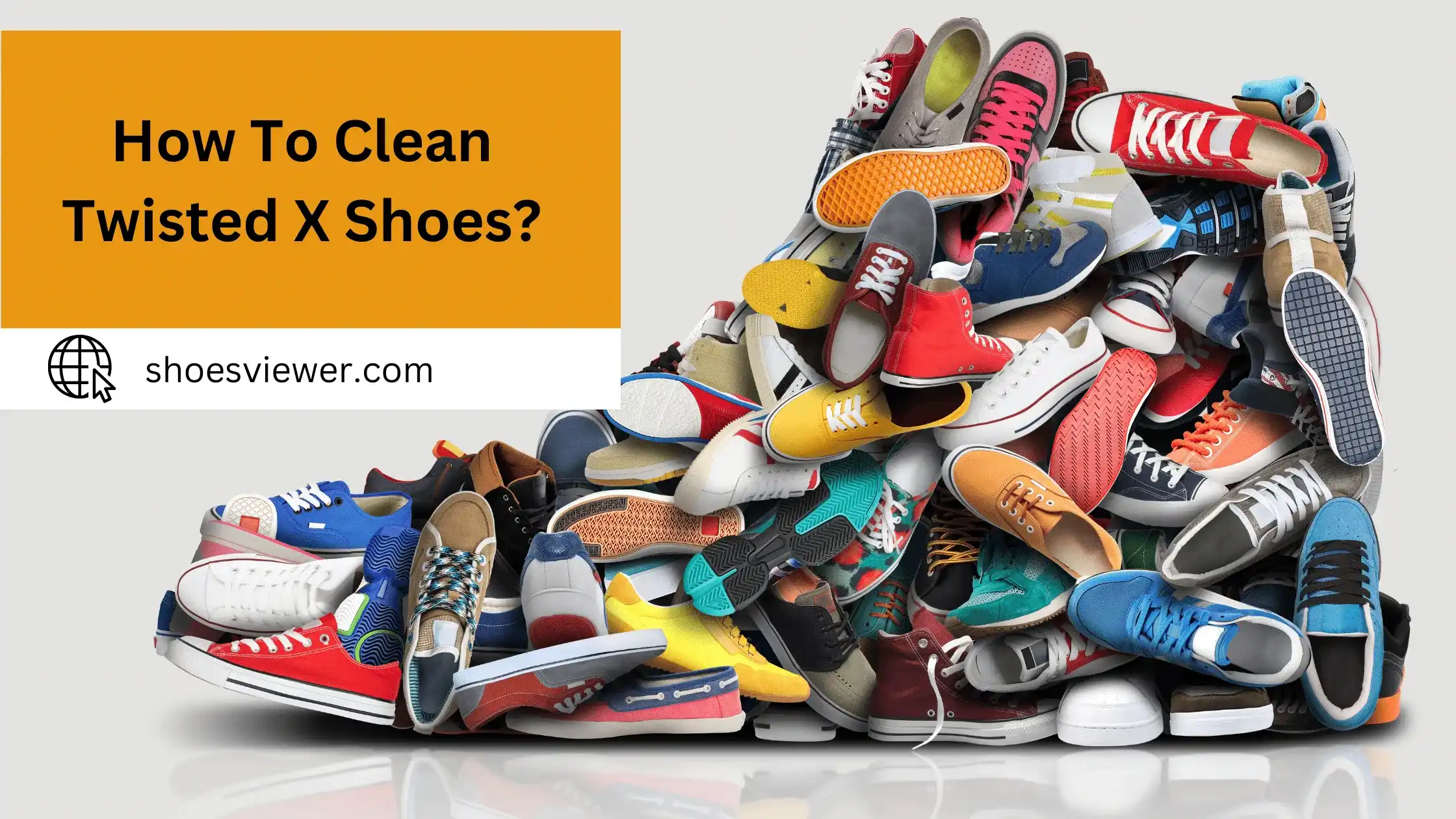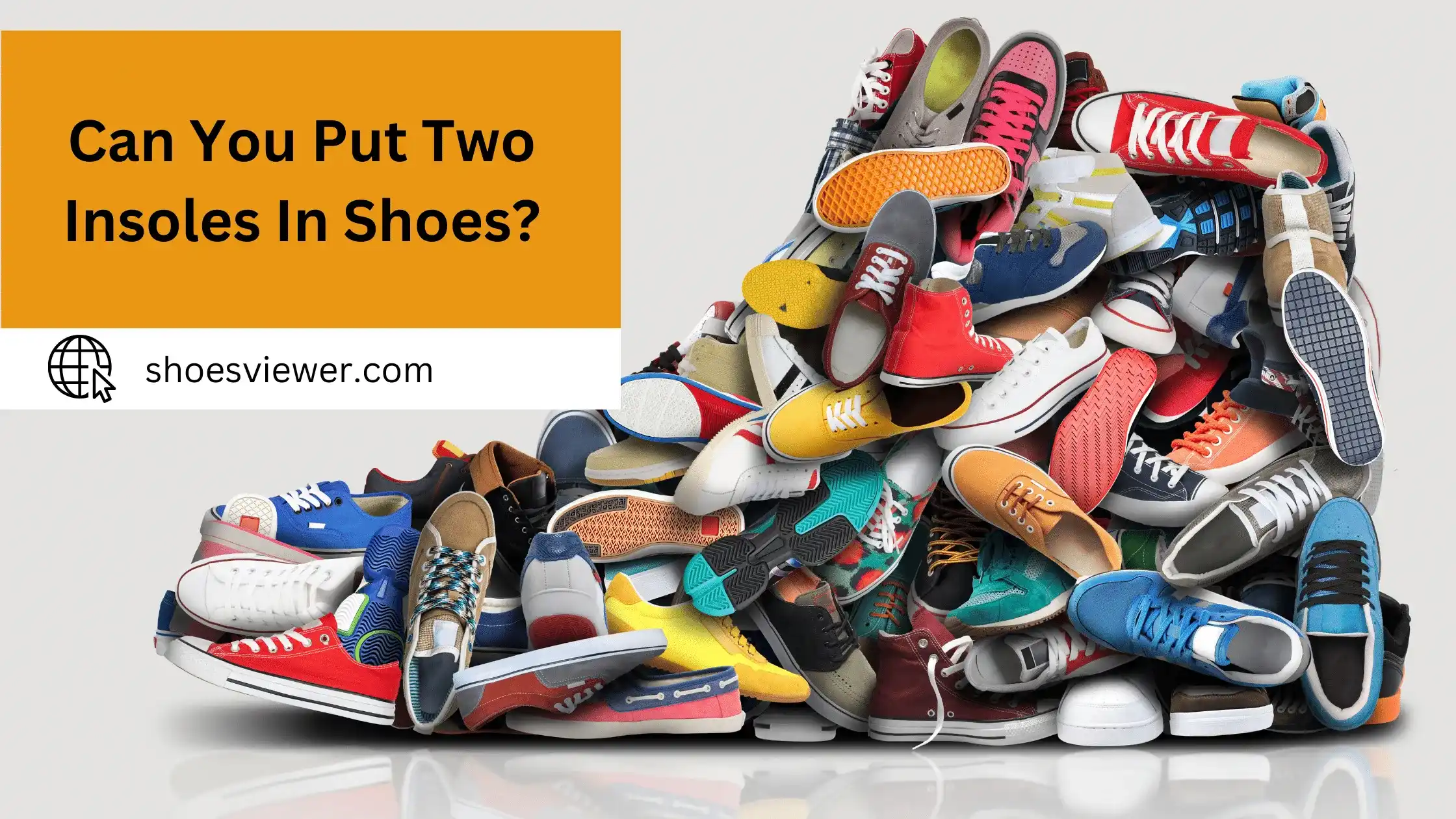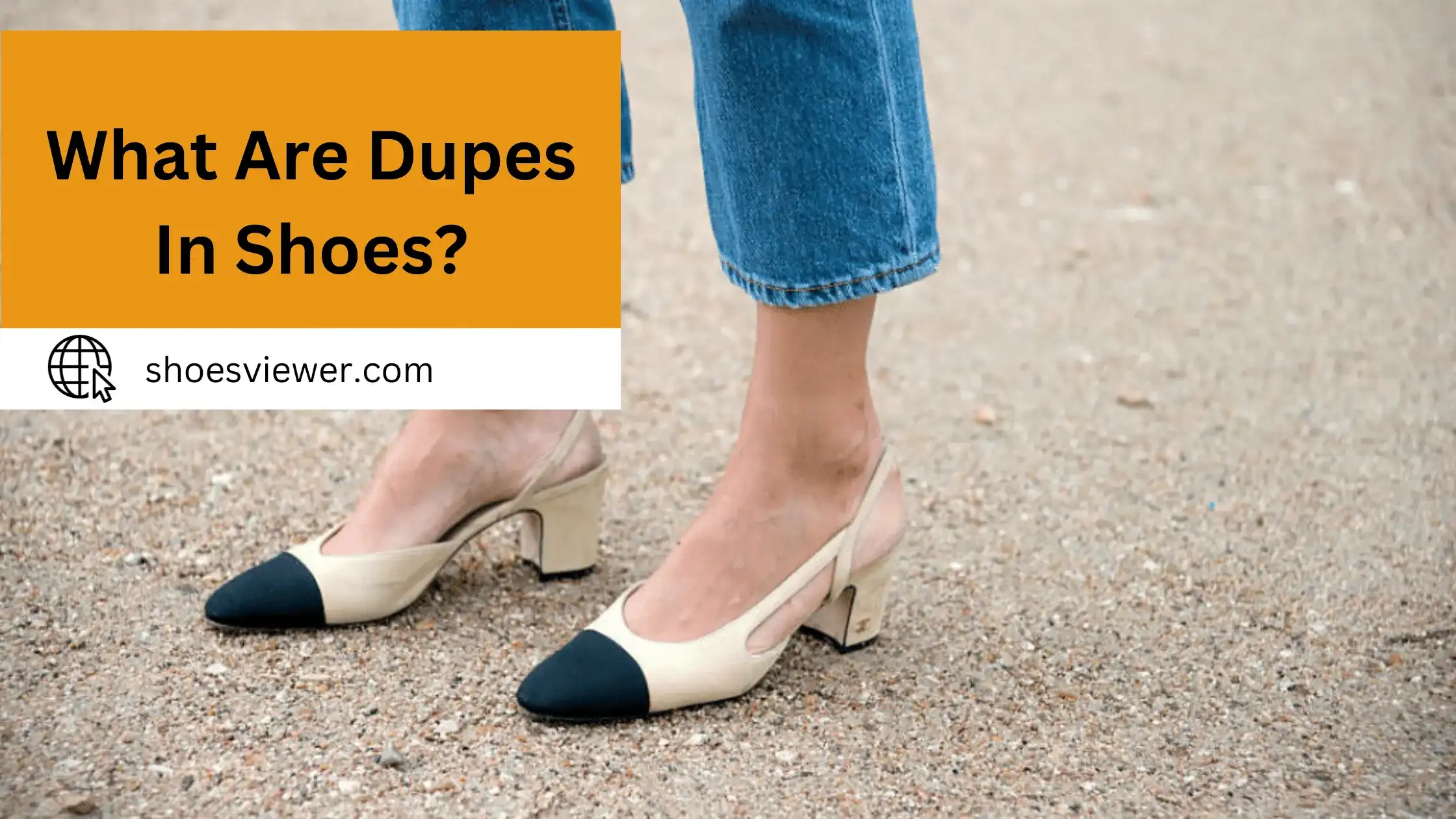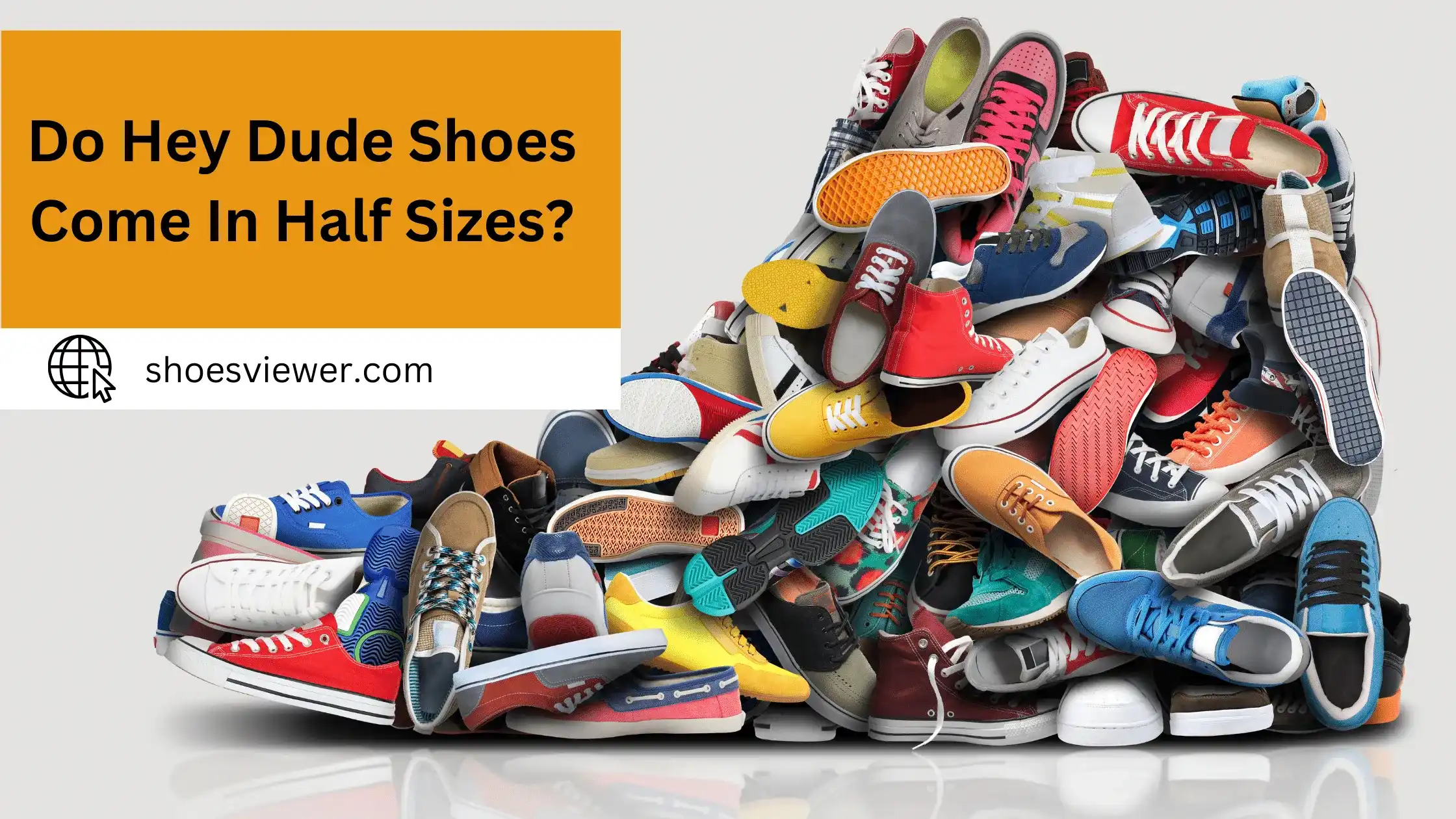When you are trying to decide what type of shoes to wear, comfort and fit should be your first concern. But aside from these important factors, if you ever wondered if the weight of a shoe can affect how healthy walking or running is for your feet, then the answer is yes!
Research has shown that wearing heavy shoes can lead to a variety of physical problems and impede performance, so it’s crucial to choose footwear that won’t weigh you down while also keeping your feet safe. We’ll look at why heavy shoes may not be good for your health in the long run.
What is the Impact of Shoe Weight: Understanding the Basics?
The impact of heavy shoes on your feet and posture can be multifaceted, often involving intricate biomechanical shifts that could have long-lasting effects if not addressed. Below are some detailed ways in which heavy shoes may impact these aspects.
Impact on Foot Anatomy and Function:
Arch Strain:
The arches of the feet serve as natural shock absorbers, and heavy shoes can strain these arches due to the added weight. Over time, the strain could lead to flattened arches and conditions like plantar fasciitis.
Toe Deformities:
Shoes with extra weight can force the toes to grip the sole for stability, potentially contributing to toe deformities like hammertoes or claw toes.
Heel Issues:
Heavy shoes often have thicker, more rigid soles that may not absorb shock as effectively, placing added pressure on the heel. This could exacerbate issues like heel spurs or Achilles tendinitis.
Ball of Foot:
The added weight on the ball of the foot can lead to problems like metatarsalgia, a condition characterized by chronic pain in this area.
Effects on Gait and Stride:
Shorter Stride Length:
Heavier shoes require more energy to lift, which often results in a shorter stride length. This could lead to an altered gait pattern that stresses the joints and muscles extra.
Shuffling:
With the added weight, there may be a tendency to shuffle the feet instead of lifting them entirely off the ground. This shuffling can result in uneven wear on the soles of the shoes and contribute to foot and ankle instability.
Reduced Dorsiflexion:
Dorsiflexion is the action of raising the toes toward the shin. Heavy shoes can limit this motion, affecting the overall mechanics of walking or running and putting additional strain on the calf muscles and Achilles tendon.
Postural Implications:
Center of Gravity Shift:
Heavier shoes can alter your center of gravity, causing you to adjust your posture to maintain balance. This shift often leads to a forward lean, placing added stress on the lower back.
Compensation Mechanisms:
Your body may develop compensatory mechanisms to maintain balance with the extra shoe weight, such as altering the way your hips and knees move. Over time, these adaptations can lead to joint problems and muscle imbalances.
Spinal Alignment:
Changes in gait and posture can travel up the kinetic chain to affect spinal alignment. Poor posture can contribute to chronic conditions like thoracic outlet syndrome or lumbar strain.
How Heavy Shoes May Affect Your Feet and Posture?
Increased Foot Fatigue:
The extra weight can tire out the muscles in your feet quickly, leading to premature foot fatigue. This can be particularly problematic for people who are on their feet for extended periods.
Alteration in Posture:
Extra weight from shoes can also affect the body’s center of gravity. This can lead to compensatory changes in posture, such as leaning forward, which can put strain on the lower back and hips.
Stress on Joints:
When your gait is altered, it changes the distribution of weight and force through your joints. Over time, this additional stress can contribute to joint problems like osteoarthritis.
The Effect of Heavy Shoes on Your Workout:
Athletes, particularly runners, could see a decline in performance due to the additional weight. This is not just about speed; it can also impact endurance, as the body has to work harder to maintain the same pace.
When participating in activities that require quick changes in direction, like basketball or soccer, heavy shoes can slow down your response time, increasing the risk of ankle sprains and other injuries.
Compensating for the extra weight can lead to muscle strains, particularly in the calf and lower leg muscles. This overuse can result in chronic problems like tendinitis.
What are the Long-Term Consequences of Wearing Heavy Shoes?
Joint Issues:
Continuous use of heavy shoes can lead to long-term consequences like early onset of osteoarthritis, particularly in weight-bearing joints like the knees and hips.
Muscle Imbalances:
Over time, the consistent overuse of certain muscle groups can lead to muscle imbalances, where some muscles become disproportionately stronger than others, contributing to poor posture and increased risk of injury.
Postural Problems:
Chronic posture issues can result from long-term use of heavy shoes. This is not just confined to the lower back but can also affect the upper back and neck, leading to chronic pain conditions.
Foot Deformities:
Foot conditions like bunions, hammertoes, and collapsed arches could become exacerbated by the constant use of heavy shoes, requiring more intensive treatment or even surgical intervention in extreme cases.
Selecting Footwear for Comfort and Health:
- Different activities require specific types of support and cushioning. For example, running shoes offer arch support and cushioning for repetitive impact, while basketball shoes provide ankle support for lateral movements.
- Improper fit can exacerbate the problems caused by heavy shoes. Make sure there’s enough room in the toe box, and that the shoe securely holds your heel in place.
- Support for your arch type (neutral, low, or high) is crucial. Some specialized shoe stores offer gait analysis to help you pick the right kind of shoe.
- Opt for materials that allow your feet to breathe. This will help prevent issues like athlete’s foot or toenail fungus, which thrive in moist environments.
- Consider the weight of the shoe, especially for activities that require agility or long periods of standing. Lightweight materials like mesh can provide both comfort and support.
- Footwear should be replaced every 300 to 500 miles for runners and annually for daily wear shoes, or when you notice the support and cushioning are deteriorating.
Conclusion:
In conclusion, wearing heavy shoes may cause potential hazards for your health and well-being. Although some heavy shoe designs provide great support and shock absorption, the likelihood of long-term injury increases with long-term wear. Make sure to also consider breathability, durability, shape/style, flexibility, and cushioning when selecting a pair of shoes.
Furthermore, it is important to replace your shoes after any sort of impact or wear and tear over some time even if it is not immediately obvious. Taking preventive measures such as these can protect you from further harm down the line from wearing heavy footwear.
